
Growing Vegetables In Containers
Are you interested in Growing Vegetables In Containers 2025? We look at the options for growing food in pots and containers when space may be limited.

Table of Contents
Why Choose Container Gardening?
As food prices increase throughout the world, people are increasingly discovering the benefits of food gardening. However, not everyone has a suitable garden or plot of land available for growing their own fruit and vegetables.
One option that can be of benefit to people with little space available is container gardening.
Growing food in containers can benefit anyone with small gardens or yards, people with balconies, or even indoor growers who make use of artificial lighting.
Here are some of the top reasons to choose to grow Vegetables in containers:
No Soil Preparation Required For Containers
Working in a traditional vegetable garden requires soil preparation before you plant a new crop of vegetables. however, with containers, you will be using potting soil which requires no preparation work.
Containers Require Less Weeding
If your vegetable garden becomes infested with weds, you will require huge amounts of time and effort trying to control weeds in your beds. Container gardens have very few wed problems compared to planing into the ground.
More Protection In Container Gardens
Vegetables and fruit plants are vulnerable to a number of threats, including animals and frost damage. Containers offer better protection from these threats, which increase the chances of your food from growing healthily.
Containers Allow Mobility
Growing food in containers allows you to move your vegetable plants to the best location for growing. If there are changing sunlight patterns over your garden, you can increase your yield by moving your plants to where the sun makes the biggest impact.
Container Gardens Can Be Started Almost Anywhere
Whatever your available space, you can begin your container garden. You can grow vegetables in containers almost anywhere including on decking, patios, rooftops, balconies or kitchen counters.
A Wide Range Of Veggies Can Be Grown In Containers
A wide range of veggies can be grown in containers.
Container gardens will not restrict the options available for the food you can grow.
You can grow a wide range of fruit, herbs and vegetables in containers including carrots, tomatoes, cucumbers, lettuce, peppers, zucchini, peas, strawberries, pumpkins, watermelon or potatoes.
Growing Vegetables in Grow Bags
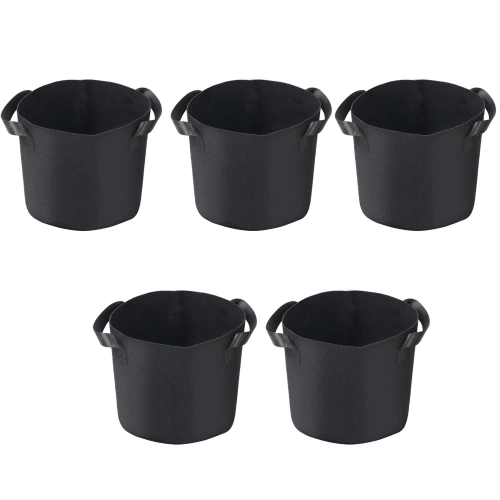
If you are short of space in your garden you may want to consider grow bags as an option for growing vegetables in containers.
You can grow a wide variety of vegetables in grow bags offering an easy solution to getting started with growing vegetables.
Which Vegetables Are Suitable For Growing In Containers
Beetroot
Beetroot can grow well in containers. Sow the beetroot seeds in March with 10 cm (4in) spacings. Young beetroot leaves can be picked and eaten as they grow. Following the harvest, plant quick growing late summer salads.
Broad Beans
Broad beans are a good container grown food. Sow broad beans from February, spaced at 20 cm (8in) apart. Pinching the top leaves out will reduce blackfly infestation and can be eaten as greens. Following the harvest in June or July, plant beetroot for a late summer crop.
Carrots
Carrots are great container growing vegetables. Sow carrot seedlings from February at 8 cm (3in) between plants. Keeping the carrot plant covered with fleece after April will help protect it from carrot fly. Following the harvest in June, sow French beans for a September crop.
Herbs
Parsley, Coriander and Basil are great herbs for growing in pots. Sow in March for June harvesting.
Lettuces
Mini lettuces grow well in container gardens. Sow lettuce plants such as ‘Little Gem’ and ‘Tom Thumb’ from January for June harvesting. Plant the lettuce at 15 cm (6in) spaces. Follow with leeks for winter harvesting.
Peas
Peas provide a good container grown vegetable. Sow ‘mange-tout’ cultivars from March to be harvested in June. Space the pea plants at 15 cm (6in). Plant salad leaves for late summer as a follow-up crop.
Potatoes
Potatoes are a good container garden vegetable. Plant cultivars from March, allowing space of 30 cm for each tuber.
Salad Leaves
Salad leaves such as rocket, lettuce, chicory, coriander and spinach make great pot grown vegetables. Sow salad leaves from February, plucking the top laves to eat. Leave the stump for continued re-sprouting.
Salad Onions
You can easily grow salad onions in container gardens. Sow salad onions from February for July harvest. Plant with space of 3 cm (1¼in) between plants. Follow on with baby carrots for October harvest.
Spinach
Spinach is a great food for growing in pots. Sow spinach from February for a June harvest, leaving 10 cm (4in) space between plants. Follow spinach with courgettes to be grown by late summer.
Buying Seeds for Containers
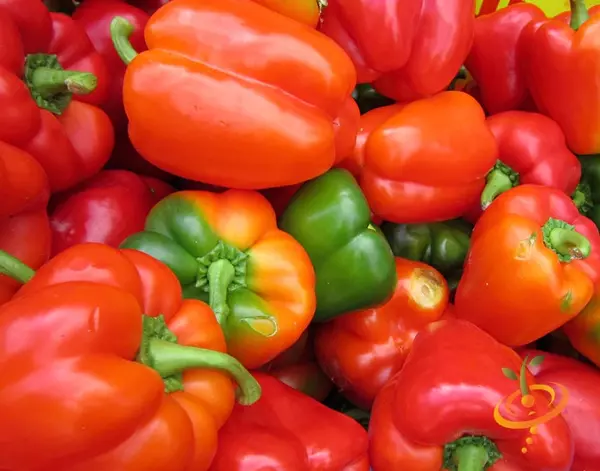
Find a wide range of seeds available to plant now. Discover what seeds are currently popular and get them delivered to your door.
How To Grow Vegetables In Containers
If you are short on space for growing vegetables, you can us pots, troughs or grow bags as an alternative way of producing healthy, tasty food.
Get your vegetables off to a good start by sprouting seeds in a greenhouse, porch or conservatory. This will help produce an earlier crop in your containers.
What Time Of Year Is Best For Container Growing
Each fruit, vegetable or herb will have its own growing season. The growing season is when an individual plant is in active growth.
A growing season can vary depending on local climate and levels of sunlight available.
In general, most vegetables and fruit will grow between spring and autumn.
Choosing Your Containers
Size
Your vegetable containers should be a minimum depth of 12 inches and width of 10 inches to help provide the required nutrients and moisture required for the plants roots. Smaller containers will require frequent watering and feeding.
Smaller pots will restrict the root growth of our plants, which will reduce the yield produced. A larger container will allow extra root growth and produce more vegetables or fruit.
Each plant will have its own requirements for root growth. Some vegetables such as lettuce or spinach develop closer to the surface, so can be grown in shallower containers.
Tall plants or plants with long vines, such as cucumbers, tomatoes or zucchini, may require support. Consider the ize of your pot is sturdy enough to support a plant cage or trellis without falling over.
Drainage
Drainage is another important consideration for container grown vegetables. Containers with poor drainage can lead to root problems in our plants.
Excess moisture in the soil can lead to root-rotting fungi infections or mould, which can harm or kill your vegetable plant.
Avoid drainage issues by ensuring your containers have adequate drainage and the right soil mix.
If you are using a plastic tub which does not have a way for water to escape, drill some drainage holes in the bottom.
You could also insert a layer of stones, sand or pottery shards at the bottom of the container to provide the roots a barrier from sitting in pooled water.
Grow Bags
Grow Bags are a cheap and easy alternative to pots or containers. Grow bags don’t take up much space and allow oxygen to penetrate the walls of the pot.
Strawberries or tomatoes can be grown in hanging grow bags.
Root vegetables like carrots and potatoes can be produced in grow bags with windows, so you can see when the crop is read for harvesting.
Self-Watering Containers
Self-watering containers provide a way to grow our vegetables with reduced maintenance.
A self-watering container is usually a pot which sits above a small reservoir of water. The wicking system allows water to be drawn out by the plants as required.
Vertical Planting
Vertical planting is a great option for homes which are short on space. You can grow herbs or vegetables that don’t require large containers in hanging pockets suspended from a wall or fence.
Making use of a shoe organiser, you can grow vegetables in a vertical garden in areas with reduced space.
Which Compost Is Best For Growing Vegetables in Containers
The best compost to use in container gardens is sterile proprietary potting composts.
Soil-based compost or peat-free varieties are available as suitable compost for containers.
Homemade compost mixes are also an option, but are not sterile, so may pose a risk of pest and disease.
For home-made compost mix, use two parts soil and one part well rotted organic matter. The mix can then be fortified with extra fertiliser.
If you wish to avoid fertiliser in your compost, an organic option is mixing well-rotted manure with potting compost in the lower half of the container.
References:
We hope this article offered you enough information to begin growing vegetables in containers. Find out more about growing food and our other ideas for hobbies and interests.

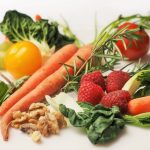

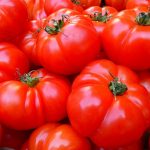
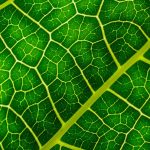
4 Responses